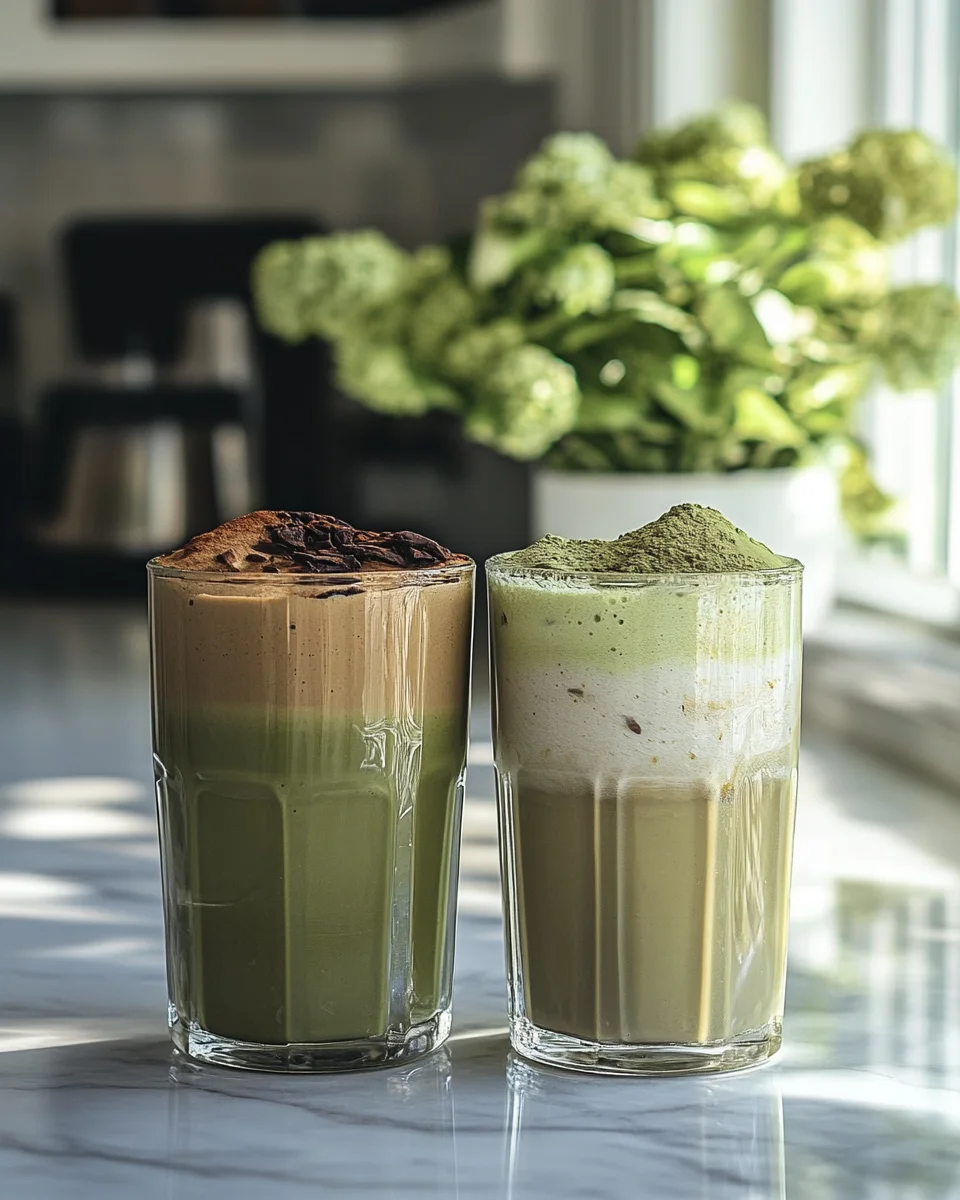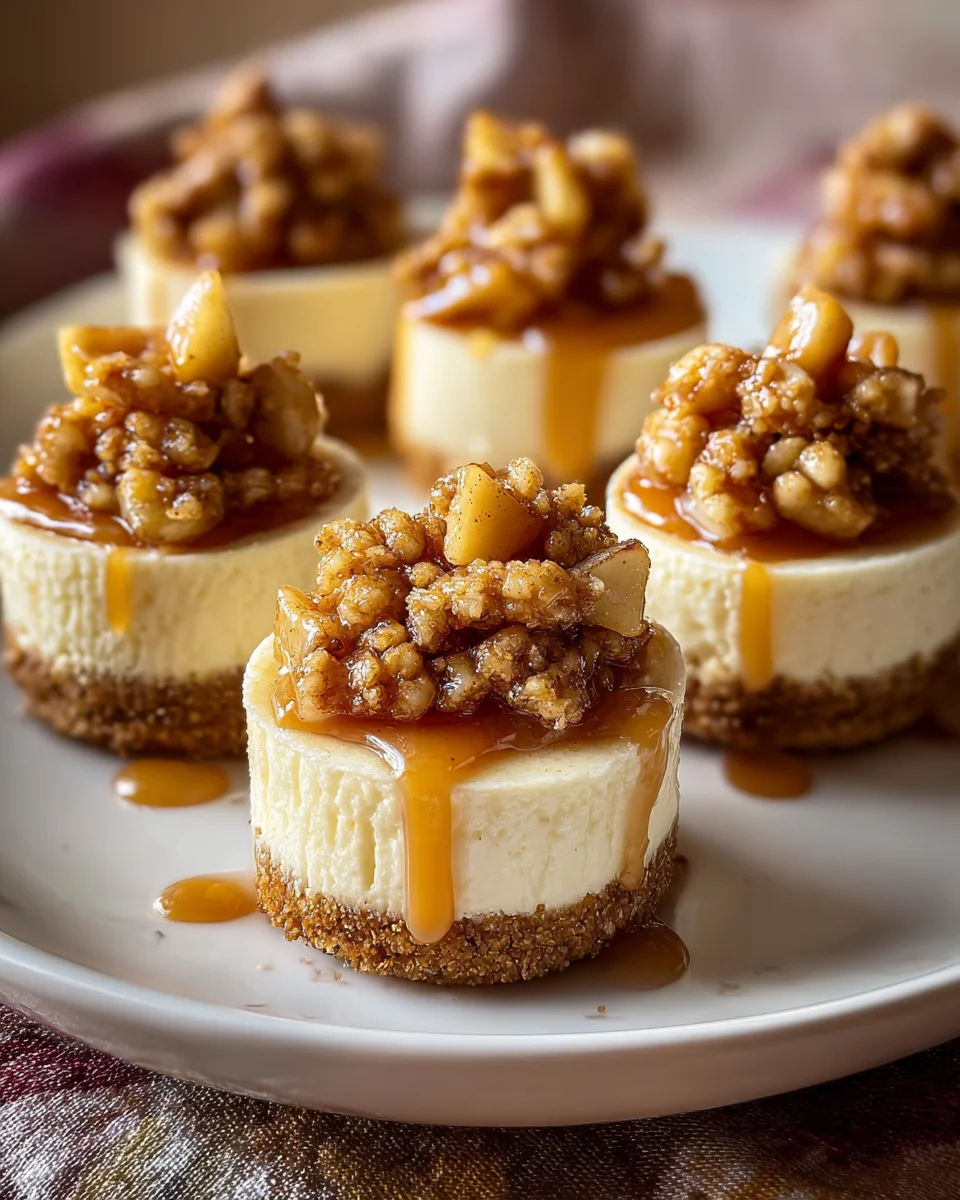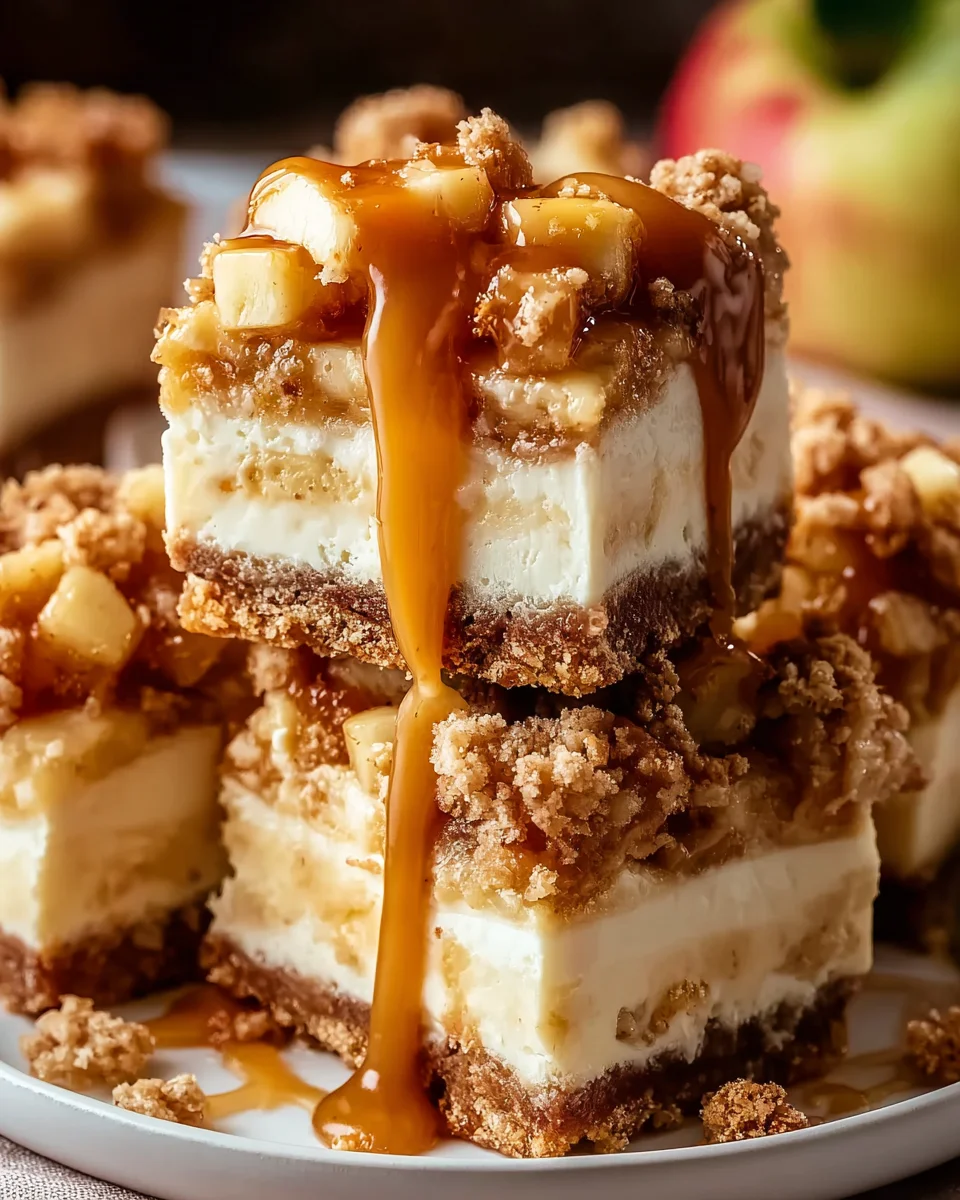Matcha chocolate tea is quickly becoming the go-to drink for wellness lovers, Gen Z trendsetters, and anyone craving a cozy yet invigorating treat. This creamy fusion blends the earthy richness of ceremonial-grade matcha with the deep warmth of cocoa—making it a powerhouse combo both in flavor and health benefits.
In this guide, you’ll discover why this antioxidant-packed drink is more than just another TikTok trend. We’ll dive into its benefits, why it’s dominating social feeds, how to make the perfect cup at home, and whether it’s okay to drink daily. You’ll also find flavor tips, unique variations, and answers to the most asked questions about matcha chocolate tea.
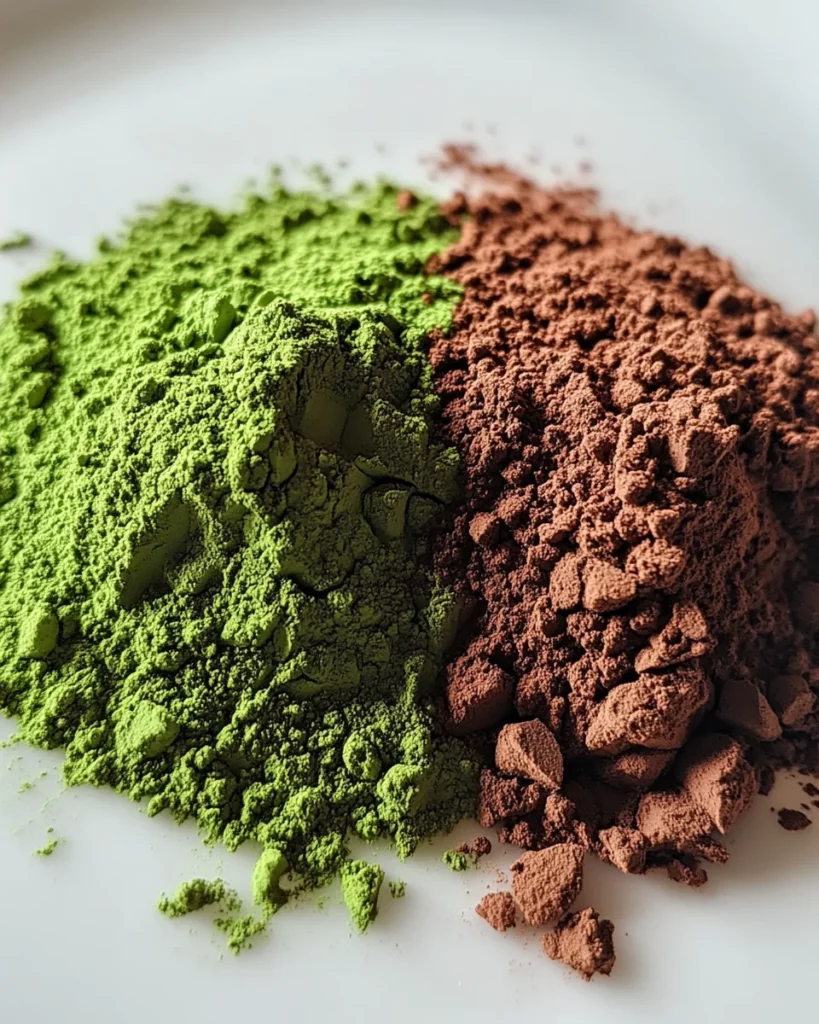
Table of Contents
What Is Matcha Chocolate Tea and Why It’s Trending
What exactly is matcha chocolate tea?
Matcha chocolate tea is a modern take on traditional tea culture, combining two beloved superfoods—matcha and cocoa powder—into a rich, frothy, and nutrient-dense drink. Unlike a regular hot chocolate, this blend brings a dose of clean energy, courtesy of matcha’s natural caffeine and L-theanine. The result is a feel-good beverage that not only satisfies your sweet tooth but also boosts focus and clarity without the jitters.
It’s made with just a few simple ingredients:
- 1 cup milk (almond, coconut, or dairy)
- 1 tsp matcha powder
- 1.5 tsp cocoa powder
Blend until warm and frothy. It’s that easy.
This tea’s smooth texture and slightly bitter-sweet flavor offer a unique alternative to sugary lattes or coffee drinks. With the right balance, it delivers a comforting mouthfeel while helping your body stay alert and energized throughout the day.
How does it differ from traditional matcha lattes or hot cocoa?
While a classic matcha latte focuses on grassy, umami flavors, and hot cocoa leans rich and sweet, matcha chocolate tea blends both worlds. You get:
- The antioxidant benefits of both matcha and cocoa
- A smoother caffeine lift with no crash
- A chocolatey undertone that rounds out the earthy flavor of matcha
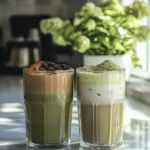
Matcha Chocolate Tea – The Best 3-Ingredient Fusion Drink
- Prep Time: 5 minutes
- Cook Time: 0 minutes
- Total Time: 5 minutes
- Yield: 1 serving 1x
- Category: Drinks, Latte, Beverage
- Method: Blender
- Cuisine: Fusion (Japanese-Inspired)
- Diet: Vegetarian
Description
Matcha chocolate tea is quickly becoming the go-to drink for wellness lovers, Gen Z trendsetters, and anyone craving a cozy yet invigorating treat. This creamy fusion blends the earthy richness of ceremonial-grade matcha with the deep warmth of cocoa—making it a powerhouse combo both in flavor and health benefits.
Ingredients
1 cup milk of your choice, I like almond, coconut or cow’s milk
1 tsp matcha powder
1.5 tsp cocoa
Instructions
Add all ingredients to your blender.
Select your soup function (if you have one) or select medium variable speed.
Blend until heated and frothy which is approx 5 mins.
Pour and enjoy.
Notes
Add sugar and/or sweetener if desired.
Nutrition
- Serving Size: 1 latte
- Calories: 90 (based on unsweetened almond milk)
- Sugar: 2g
- Sodium: 150mg
- Fat: 3g
- Saturated Fat: 0.5g
- Unsaturated Fat: 2.5g
- Trans Fat: 0g
- Carbohydrates: 7g
- Fiber: 1g
- Protein: 2g
- Cholesterol: 0mg
Health Benefits of Matcha and Chocolate
Nutritional profile of matcha and cocoa powder
When it comes to functional drinks, matcha chocolate tea punches above its weight. Both matcha and cocoa bring impressive nutritional benefits that go far beyond just taste.
Matcha powder, made from finely ground green tea leaves, contains:
- EGCG (Epigallocatechin gallate): a powerful antioxidant known for fighting inflammation and boosting metabolism
- L-theanine: an amino acid that promotes calm focus, often referred to as “alert relaxation”
- Caffeine: enough to energize without the crash of coffee
Meanwhile, unsweetened cocoa powder offers:
- Flavonoids: plant-based antioxidants that support heart health
- Magnesium: important for mood regulation, muscle function, and sleep
- Iron: especially helpful in plant-based diets
When combined in one cup of matcha chocolate tea, you’re not just sipping for flavor—you’re drinking a powerful mix of nutrients that promote mental clarity, heart health, and metabolism.
Antioxidants, energy, and mood-boosting effects
Matcha chocolate tea isn’t just delicious—it’s a scientifically supported way to feel better physically and emotionally. Here’s what the combo does for your body:
| Benefit | Matcha Contribution | Cocoa Contribution |
|---|---|---|
| Energy | Steady caffeine with calming L-theanine | Mild stimulant effect |
| Focus | Enhances alpha brain waves | Improves blood flow to brain |
| Mood | Boosts dopamine production | Increases serotonin levels |
| Immunity | Rich in catechins | Packed with polyphenols |
| Metabolism | Promotes fat oxidation | Regulates insulin response |
Why Gen Z Loves Matcha Chocolate Tea
Cultural trend: Matcha on TikTok, Instagram, and YouTube
If you’ve spent even five minutes scrolling through TikTok or Instagram Reels, chances are you’ve seen matcha whisking, latte-pouring, or even matcha chocolate tea art in action. For Gen Z, matcha isn’t just a beverage—it’s an aesthetic, a vibe, and a wellness flex all in one.
This generation grew up during the boom of clean eating, natural ingredients, and self-care rituals. And matcha chocolate tea hits all the right notes:
- Visually striking (thanks to its bright green hue and rich brown cocoa swirls)
- Packed with functional benefits
- Easy to customize and share
The TikTok hashtag #matcharecipes has millions of views, with users crafting their own twists on matcha drinks—iced, whipped, layered, or infused with chocolate. It’s the perfect blend of creativity and health.
And thanks to its photogenic foam and cozy vibes, matcha chocolate tea fits perfectly into the curated morning routines Gen Z loves to share online.
Aesthetic appeal and wellness alignment for younger generations
Unlike previous generations that relied on coffee or soda, Gen Z wants beverages that reflect their values:
- Mindful consumption
- Low sugar, plant-based options
- Functional ingredients with real benefits
Matcha chocolate tea delivers all of that in a stylish, Instagram-ready package. It’s especially popular with students, young professionals, and wellness enthusiasts who need:
- Sustained energy during study or work
- A stress-reducing ritual for focus and calm
- A creative outlet through drink-making and photography
Ingredients Breakdown and Substitutes
Why milk choice matters: almond, coconut, or dairy
The base of matcha chocolate tea plays a huge role in its final flavor and texture. While the recipe only needs three ingredients, the type of milk you choose makes all the difference in creaminess, taste, and even health benefits.
Let’s break down the top milk choices:
| Milk Type | Texture | Flavor Impact | Best For |
|---|---|---|---|
| Almond Milk | Light & smooth | Slightly nutty & neutral | Low-calorie option |
| Coconut Milk | Creamy | Adds tropical, sweet notes | Richer, dairy-free blend |
| Cow’s Milk | Creamiest | Traditional cocoa-style taste | Classic & protein-rich |
If you’re watching calories, almond milk is a smart pick. Want the frothiest result? Go for full-fat coconut or dairy milk. And if you’re vegan, almond and coconut offer great plant-based alternatives without sacrificing texture.
Pro tip: Always use unsweetened milk to avoid overpowering the natural flavors of matcha and cocoa.
Best matcha and cocoa powder brands to use
The quality of your ingredients can make or break your drink. Cheap matcha can taste bitter or grassy, and low-grade cocoa might lack richness. For a smooth, balanced result, it’s worth investing in the good stuff.
Here are trusted options to level up your matcha chocolate tea:
Matcha Powder (Culinary or Ceremonial Grade)
- Ippodo Tea – ceremonial-grade from Japan, ideal for smooth flavor
- MatchaBar – bright color, mellow taste, great for blending
- Jade Leaf – affordable and widely available, good for daily drinks
Cocoa Powder (Unsweetened)
- Navitas Organics – organic and rich in antioxidants
- Ghirardelli 100% Cocoa – deep flavor, café-quality taste
- Valrhona Pure Cocoa – for indulgent, darker chocolate notes
How to Make Matcha Chocolate Tea (Step-by-Step Guide)
Step-by-step breakdown of the provided recipe
Making matcha chocolate tea at home is incredibly easy and requires just a few everyday ingredients. Whether you’re new to matcha or a seasoned tea lover, this recipe delivers rich flavor and smooth texture in under 10 minutes.
Here’s how to make the perfect cup:
Ingredients
- 1 cup milk of your choice (almond, coconut, or dairy)
- 1 teaspoon matcha powder
- 1.5 teaspoons unsweetened cocoa powder
Instructions
- Add ingredients to blender
Pour your milk into the blender, then add the matcha powder and cocoa powder. Make sure to sift your matcha first to prevent clumps. - Use the soup or heat function (if available)
If your blender has a soup setting, use it. Otherwise, blend on medium speed for about 5 minutes. This gently heats and froths the mixture. - Blend until heated and frothy
The result should be warm, creamy, and foamy—perfect for sipping on a cozy morning. - Pour into your favorite mug and enjoy!
Sprinkle a little extra matcha or cocoa on top for garnish if you like.
Tip: No blender? Simply heat the milk in a saucepan, whisk in the powders using a matcha whisk or frother, and pour.
This recipe makes one generous serving. Want more? Just double the quantities.
Pro tips for a frothier, smoother finish
To take your matcha chocolate tea from good to café-worthy, try these simple enhancements:
- Pre-wet your matcha
Mix the powder with 1 tablespoon of warm water first to form a smooth paste. Then blend with the rest of your ingredients. - Use a milk frother
After blending or heating, use a handheld frother to whip up the top layer for barista-style foam. - Sweeten if desired
Add a dash of maple syrup, honey, or monk fruit sweetener for a touch of sweetness. - Serve chilled
Blend all ingredients cold and serve over ice for a refreshing iced matcha chocolate tea.
Flavor Profile – What Does Matcha Chocolate Tea Taste Like?
Tasting notes: earthy, bitter-sweet, creamy
So, what exactly does matcha chocolate tea taste like? Imagine sipping on something that’s part energizing elixir, part cozy comfort drink. The flavor is uniquely balanced—earthy and grassy from the matcha, bittersweet from the cocoa, and silky smooth from the milk.
Let’s break it down:
- Matcha’s flavor: Think of fresh green tea leaves—slightly vegetal, with a mellow umami finish. It’s a little grassy, sometimes described as “springy” or even “savory.”
- Cocoa’s contribution: The chocolate powder introduces rich, deep notes. It adds just the right amount of bitter-sweetness to smooth out the matcha.
- Milk’s role: Whether dairy or plant-based, milk adds body and roundness to the drink. It brings everything together for a silky mouthfeel that lingers.
Together, these ingredients form a harmonious, layered taste that feels both energizing and comforting. It’s the kind of drink you can enjoy during a cold morning or an afternoon work slump.
And if you add a bit of sweetener? The chocolate shines a little brighter, the matcha mellows out, and the drink becomes even more approachable for beginners.
Texture and temperature – hot or iced options
Hot matcha chocolate tea has a comforting, frothy texture that makes it perfect for sipping slowly—ideal for morning rituals or cozy evenings.
Prefer something refreshing? You can easily turn this into an iced matcha chocolate tea:
- Blend ingredients cold instead of warm.
- Pour over ice and stir.
- Optionally top with cold foam or a dusting of cocoa.
Here’s a quick comparison:
| Style | Temperature | Texture | Best For |
|---|---|---|---|
| Hot | Warm & soothing | Frothy, rich | Mornings, fall/winter vibes |
| Iced | Cold & refreshing | Light, smooth | Hot days, post-workout sip |
Whether warm or cold, matcha chocolate tea delivers a taste that’s complex yet easy to love.
Daily Matcha Habits – How Much Is Too Much?
Is it safe to drink matcha chocolate tea daily?
If you’re loving your daily cup of matcha chocolate tea, you’re not alone—but how much is too much? The good news is that most people can safely enjoy 1 to 2 servings per day, especially when using culinary-grade matcha in moderate amounts.
One teaspoon of matcha typically contains:
- 60–70 mg of caffeine
- A strong dose of antioxidants (EGCG)
- Minimal calories, if unsweetened
That’s less caffeine than a regular coffee, making it a gentler daily habit. However, moderation matters—especially if you’re sensitive to caffeine or have conditions like high blood pressure or acid reflux.
Tips for safe daily intake:
- Stick to 1–2 cups per day
- Avoid drinking matcha chocolate tea on an empty stomach
- Choose ceremonial-grade or clean-sourced matcha to avoid contamination (some low-grade matcha may contain lead from soil)
Caffeine comparison: matcha vs. coffee
If you’re considering swapping your daily coffee for matcha chocolate tea, here’s how they compare:
| Beverage | Avg. Caffeine | Energy Type | Crash Risk | Bonus Benefits |
|---|---|---|---|---|
| Coffee (8 oz) | 90–120 mg | Fast spike | High | May raise cortisol |
| Matcha (1 tsp) | 60–70 mg | Gradual release | Low | L-theanine calms and balances focus |
Matcha gives you longer-lasting, balanced energy without the anxious spike or crash. Combined with cocoa, which also contains a mild stimulant called theobromine, matcha chocolate tea becomes an ideal drink for staying focused and uplifted all day.
Customizing Your Drink – Variations to Try
Add-ins: vanilla, cinnamon, maple syrup, or protein powder
One of the best parts of making matcha chocolate tea at home? You can tweak it to match your taste, diet, or mood. This drink is incredibly versatile—so if you like to experiment, try these flavorful upgrades:
- Vanilla extract: Just a few drops add a subtle sweetness and mellow out the earthiness of matcha.
- Cinnamon: Sprinkle a dash to introduce warmth and a cozy kick. Great in colder months.
- Maple syrup or honey: Natural sweeteners blend beautifully with both matcha and cocoa. Start with 1 tsp and adjust to taste.
- Collagen or protein powder: Make your tea a meal by adding a scoop of vanilla or chocolate protein—ideal for post-workout or breakfast.
- Nut butters (almond, peanut): For a thicker, creamier drink with added healthy fats.
Each of these mix-ins enhances the flavor while also boosting the nutritional value, turning your tea into a functional beverage tailored to your lifestyle.
Iced version, vegan version, and bedtime twist
Whether you’re sipping for energy, comfort, or pure enjoyment, here are three ways to customize your matcha chocolate tea further:
Iced Version
- Use cold milk instead of warm.
- Blend with matcha and cocoa, then pour over a tall glass of ice.
- Optional: top with cold foam or a sprinkle of cocoa.
Vegan Version
- Use almond, oat, soy, or coconut milk.
- Sweeten with agave or maple syrup instead of honey.
- Consider a splash of dairy-free vanilla creamer for richness.
Bedtime Twist
Want the comfort of chocolate tea without caffeine? Try this version:
- Use decaffeinated matcha or skip it entirely.
- Use warm almond milk + cocoa + cinnamon.
- Add ashwagandha or magnesium powder to promote sleep.
FAQs
Do matcha and chocolate go together?
Absolutely! While matcha and chocolate may seem like an unusual combo at first, they actually complement each other beautifully. Matcha’s grassy, umami-rich profile blends well with cocoa’s bittersweet depth, resulting in a drink that’s balanced, creamy, and slightly indulgent. The earthy green tea flavors mellow out with the richness of chocolate, making matcha chocolate tea both complex and comforting.
Why is Gen Z obsessed with matcha?
Gen Z craves more than just flavor—they’re looking for experiences and benefits. Matcha checks all the boxes: it’s photogenic, customizable, health-forward, and easy to integrate into a daily wellness routine. Plus, matcha fits the aesthetic culture that dominates TikTok and Instagram: it’s colorful, wholesome, and aligns with self-care habits like journaling, yoga, and clean eating.
Matcha chocolate tea, specifically, offers a more fun and approachable version of the traditional matcha latte. The chocolate makes it taste a bit more familiar—like hot cocoa with a twist—which has widened its appeal beyond hardcore tea lovers.
Is drinking matcha every day OK?
Yes, for most people, drinking matcha daily is not only safe—it’s beneficial. A cup of matcha chocolate tea typically contains 60–70 mg of caffeine, which is much less than coffee but enough to provide sustained energy. As long as you stick to 1–2 servings per day and listen to your body, it can be a healthy addition to your routine.
That said, if you’re pregnant, sensitive to caffeine, or have certain health conditions, you should consult your doctor before consuming matcha regularly.
What does matcha chocolate taste like?
Matcha chocolate tea offers a smooth, rich flavor that’s both earthy and bittersweet. The matcha provides grassy, umami undertones, while the cocoa adds a bold depth that rounds out the drink. When blended with milk, it becomes creamy and velvety with a subtle sweetness—especially if you add vanilla or maple syrup.
Overall, it tastes like green tea met hot cocoa and had a cozy, energizing baby. If you enjoy matcha lattes or mocha drinks, you’ll likely love this combo.
Conclusion
Matcha chocolate tea isn’t just another trendy beverage—it’s a powerful fusion of wellness, taste, and culture. By blending antioxidant-rich matcha with deep, comforting cocoa, you get a drink that delivers clean energy, mental clarity, and indulgent flavor all in one cup.
Whether you’re making it as part of your morning ritual or sipping it iced on a hot afternoon, this drink adapts to your mood, taste, and health goals. Plus, it’s easy to prepare with simple ingredients and endless customization options.
So next time you reach for a coffee or a sugary latte, try whipping up a cup of matcha chocolate tea. Your taste buds—and your body—will thank you.
Learn more about natural mounjaro recipe for another energy-boosting and wellness-friendly drink!
For more creative baking inspiration and marketing ideas, explore the Pinterest
